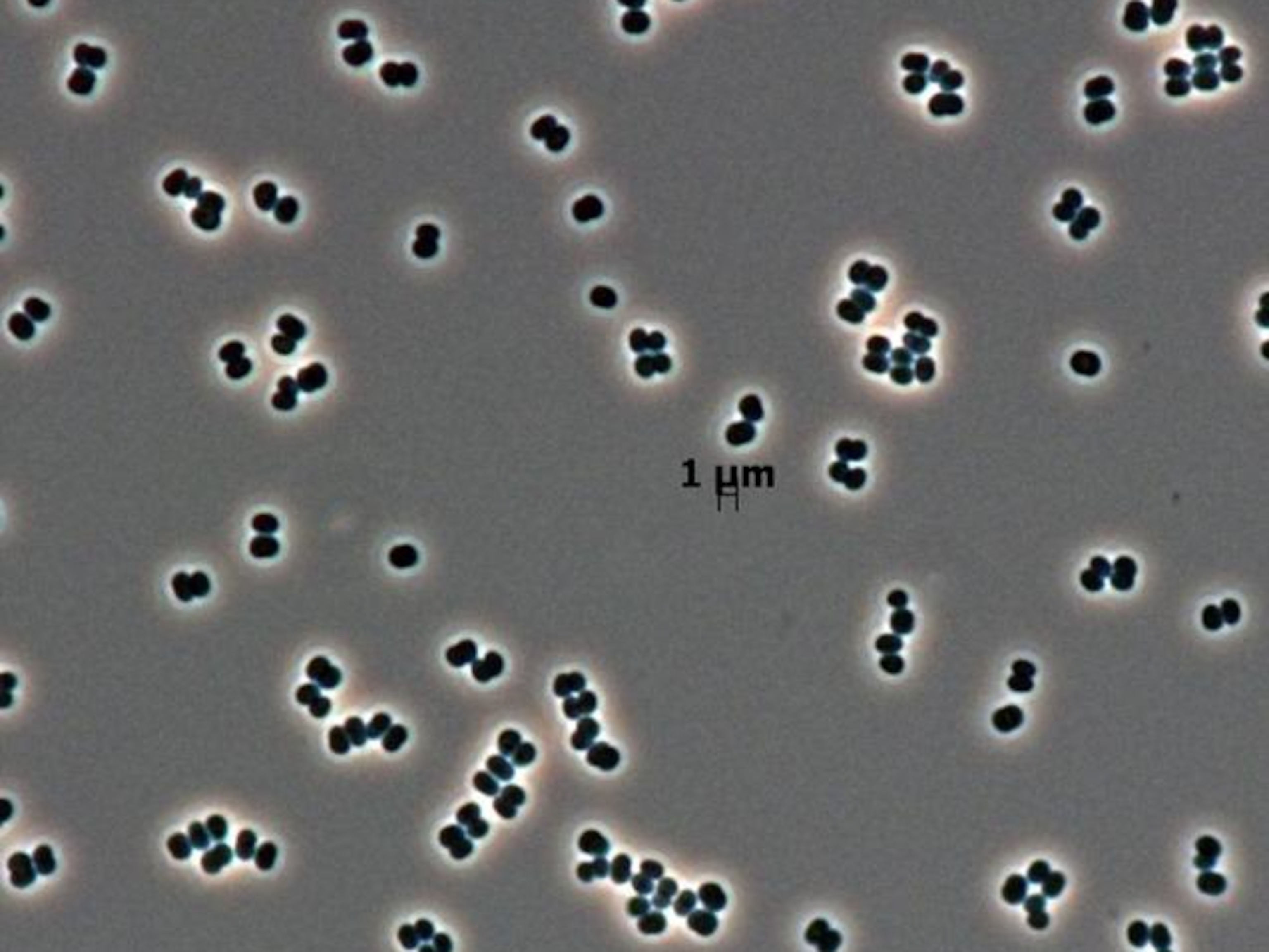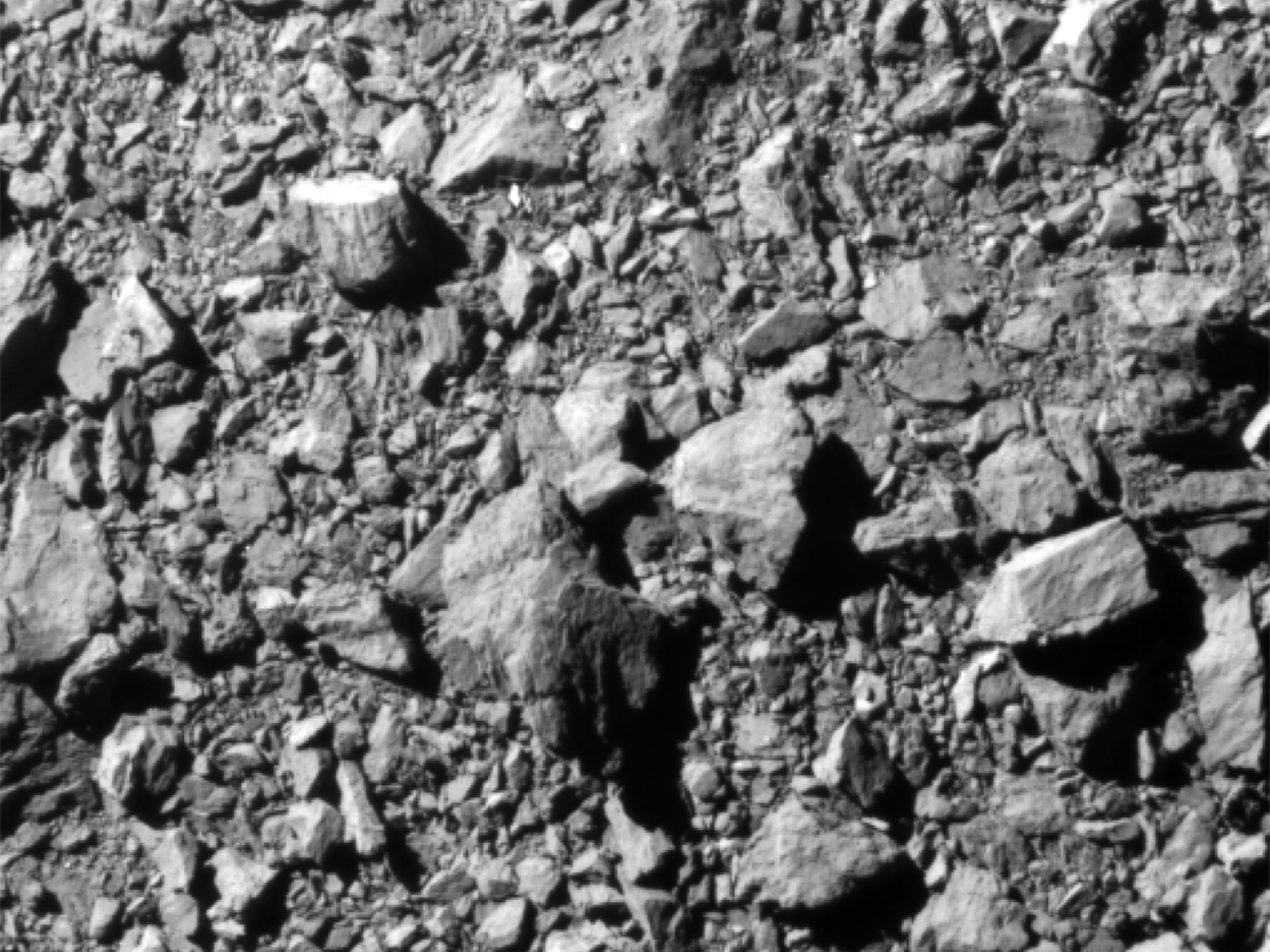
Rocket Explodes, Aborting NASA Mission to Resupply Space Station
No injuries were reported in the launch explosion on Tuesday.
In a fiery nighttime explosion, an Antares rocket carrying supplies to the International Space Station exploded seconds after launch on Tuesday.
Launched at 6:22 p.m. EDT, the spacecraft ascended straight up before an explosion blossomed from its tail, and the rocket fell back to the Wallops Flight Facility in Virginia, a "catastrophic anomaly" in NASA jargon.
No injuries were reported from the launch site near Washington, D.C.
The Cygnus supply spacecraft carried by the rocket held 5,000 pounds (more than 2,200 kilograms) of supplies and science experiments headed to astronauts aboard the International Space Station. Experiments included a meteor detector and an intended test of the astronaut's gut bacteria, or microbiome. (For more on the microbiome, see "Small, Small World.")
Space station crew members should not face shortfalls as a result of the loss, although the rocket did carry 1,360 pounds (617 kilograms) of food. The space station was resupplied by a European mission earlier this month, still docked at the space station. A Russian Progress cargo spacecraft is scheduled to head for the orbiting lab on Wednesday.
An accident investigation headed by Richard Straka of Orbital Sciences Corp. of Dulles, Virginia, maker of the rocket, will start once Federal Aviation Administration investigators collect all the records and debris from the crash site. Orbital Sciences is one of two U.S. firms that send cargo missions to the space station. The other is SpaceX of Hawthorne, California.
The Antares rocket relied on two Russian-built NK33 engines built more than 40 years ago and refurbished to serve as its first stage (the first-to-fire rocket at the bottom that exploded), notes Marcia Smith of Space Policy Online. The destroyed launch was the third of eight resupply missions that NASA ordered from Orbital Sciences for $1.9 billion in 2008. (See "40-Year-Old Russian Engine at Heart of Rocket Investigation.")
According to NASA, the launch spacecraft also contained classified "crypto" equipment for secure communications, raising national security concerns as investigators secure the crash site. Fiery debris could be seen along the beach at the crash site nearly an hour after the explosion.
Follow Dan Vergano on Twitter.





